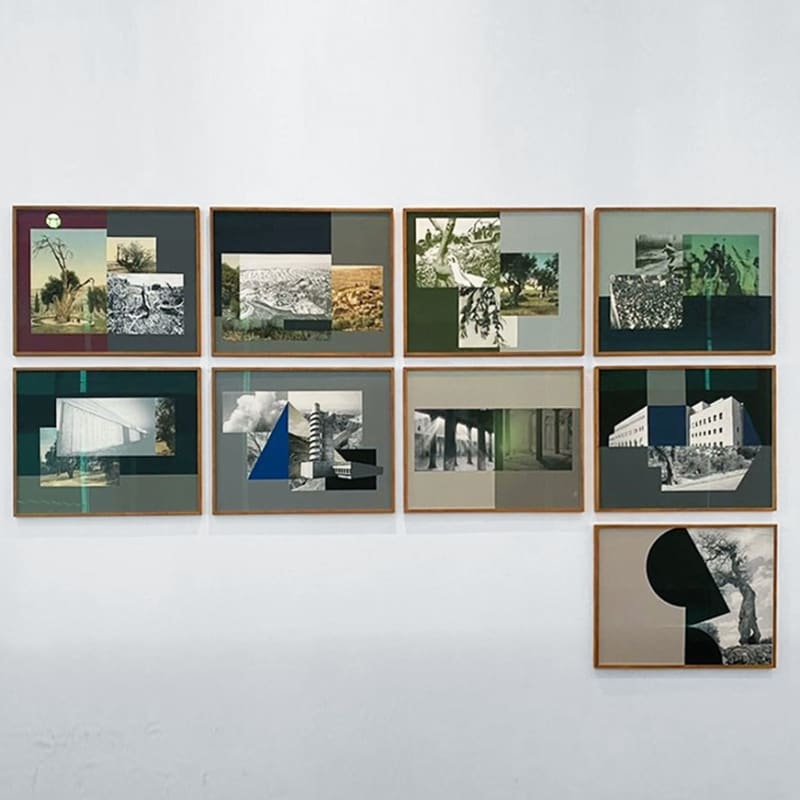Presented in Tabari Artspace gallery in Dubai, Contemporary Heritage was a mixed media exhibition by visual artist Harb, marking his first solo show at the gallery since 2015.
The body of work showcased a fusion of various artistic disciplines and aimed to push the boundaries of the contemporary art framework. Harb's new collection delved into the concept of heritage, emphasizing its unfixed and fluid nature. Drawing inspiration from the Palestinian academic Edward Said's theory of Orientalism, which explores how history is reshaped through soft power impositions, Harb observed that heritage, while passed down from generation to generation, often intersects with colonial discourses, resulting in new meanings that overshadow the narratives of the original owners, who are often forcibly absent.
Throughout his artistic career, Harb consistently focused on the Palestinian people and their collective and subjective narratives. He delved into these narratives both literally, by referring to archives and academic texts as the foundations of his work, and physically, through his material-based investigations. Harb seamlessly shifted between different artistic mediums, selecting those that best conveyed the emotions and ideas behind each new concept.
Previously, Harb had worked with film, photography, installation, collage, and textiles. However, for Contemporary Heritage, he leaned towards a fresh mode of representation that reconfigured the past. Alongside a large-scale collage diptych, which had become a signature format in Harb's contemporary collage style, the exhibition featured new relief works. These reliefs transformed 1920s Palestinian archival imagery into etchings, creating captivating contemporary artifacts reminiscent of the forgotten societies that now reside only in museums.
At a time when the debate surrounding looted antiquities was prominent in the Western world, Harb's reliefs, presented as the findings of archaeologists, served to both preserve history and draw attention to the ease with which certain communities, excluded from mainstream narratives, can be reduced to historical exhibits in foreign lands.

